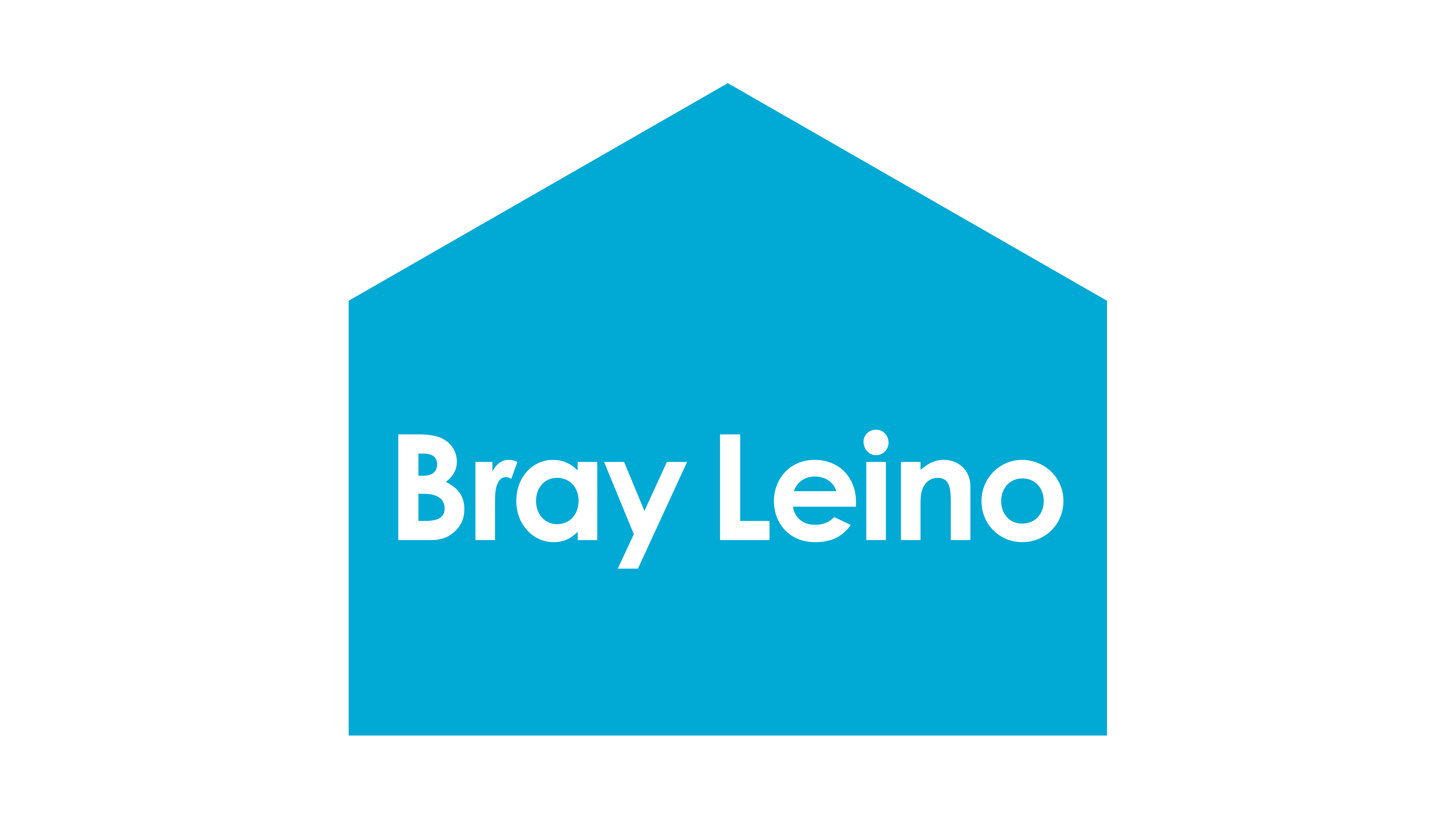media planning
5 media trends to watch
As a creative communications Agency, we constantly reassess how we get the best results for our clients across an ever-changing multi-channel landscape. Here are some of the factors currently influencing the decisions we make to deliver effective campaigns for our Clients.
Online advertising needs to be cleverer
We buy billions of online ad impressions on behalf of our Clients, using ad buying platforms to bid for inventory across thousands of websites on a live auction basis. We reach highly targeted audiences in real-time based on their location, their interests and their previous online behaviour.
The uptake of ad-blocking technology risks restricting advertisers’ access to swathes of these audiences. For us, the answer to this is more effective channel integration and working more innovatively with publishers. For instance, we recently booked a content campaign for Thatchers Cider with Buzzfeed, promoting awareness of their Thatchers Haze brand and its association with excellent music.
Troubled print industry still has a few winners
Most press sectors have seen a decline in circulation as readers devour increasing amounts of content online for free. An oversupply of online ad space means these publishers struggle to replace lost print revenue by selling online inventory. The recent closure of the Independent and failed launch of The New Day are indicative of the difficulties facing the sector.
However, a number of lifestyle magazines are beginning to see stability and even small growth in their circulations as readers demonstrate a residual appetite for longer form content in print.
One segment that is seeing definite growth, perhaps as users become more inclined not to pay for their content, is ad-funded free magazines. The NME will have pleased a number of its advertisers recently by relaunching as a freemium title, increasing its weekly reach by almost quarter of a million in the process.
Radio has proliferated
Radio has seen a significant increase in the number of local and national digital stations. This trend also looks set to see the massive music streaming services like Spotify also begin to open up their data to online ad buying platforms in the near future. This means we can use the same data tracking techniques we use for online advertising to target consumers with audio ads served through online buying platforms.
Out of Home has gone hi-tech
Out of home media has seen significant investment in recent years with digital screen replacing the standard panels across many parts of the country. This means we have more scale and flexibility, switching campaigns on or off when we want rather than having to follow the traditional two week posting cycle.
Perhaps you’re an Ice cream manufacturer? Then only advertise when the temperature hits 20 degrees. Outdoor retailer? Tailor the ads you are serving to the weather each day. Audience measurement for Out of Home is now more accurate thanks to the Route survey introduced in 2013.
TV is dead, long live TV
We’ve been hearing reports about the death of TV as an advertising vehicle for years; almost all of them are rubbish. TV is not dead. In fact, while it’s true that people are watching more recorded TV and online video through services like Netflix, viewing of traditional TV actually increased last year.
The average UK adult still watches just less than four hours of traditional TV each day. Even 16-34s are watching nearly two hours of broadcaster content daily. It is also important to remember the context of views of a video online – for all the YouTube ‘sensations’, the average Coronation Street episode in April was still viewed live by over six million UK adults. For a number of reasons, including its ability to deliver scale quickly, TV continues to prove itself as a highly effective advertising medium.
Ad syncing is a programmatic technology still in relative infancy, essentially allowing online advertising to be synchronised with TV schedules. So as soon as a user has seen an ad on TV they can be served a complementary ad on their second screen.
Research from Thinkbox estimates that up to 80% of UK viewers use a second screen when watching TV, making ad syncing an obvious and relevant way to extend audience reach. Our strategic planners are understandably excited at the possibilities for real time integration and user targeting that ad syncing represents.
To find out more about how he and his team can ensure your brand gets in front of the right audiences in exactly the right ways, contact Austen Donnellan.
